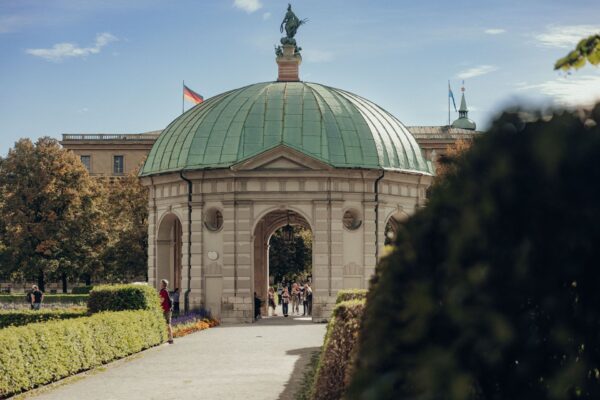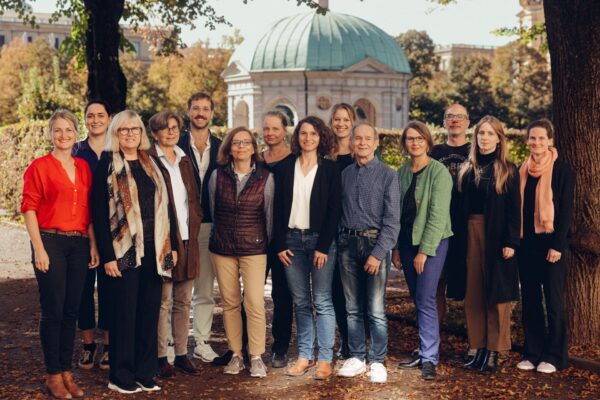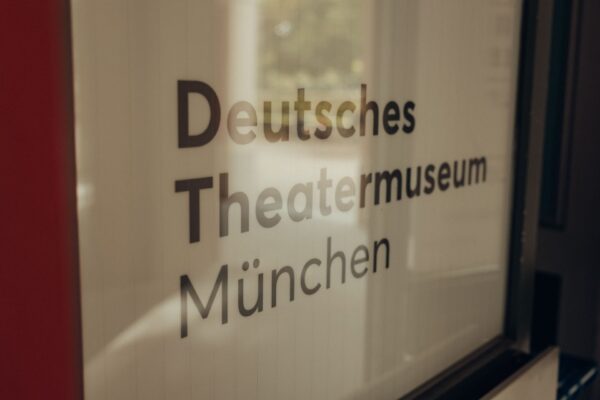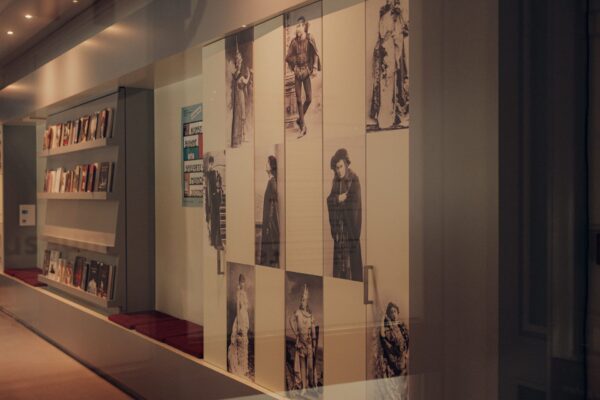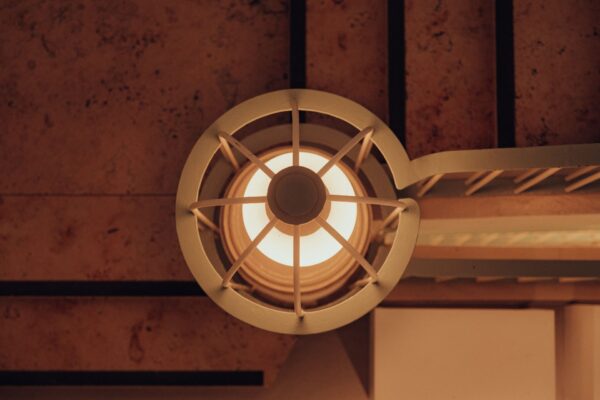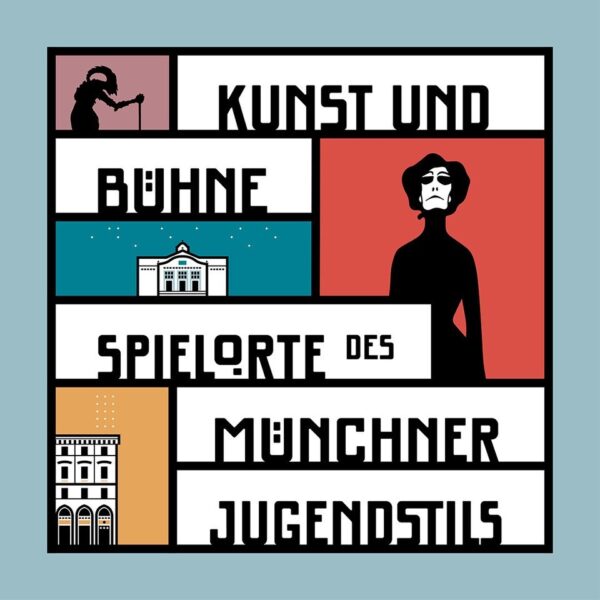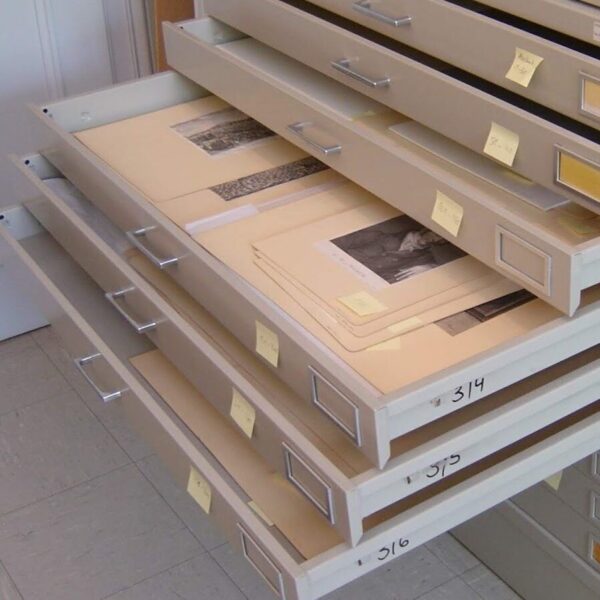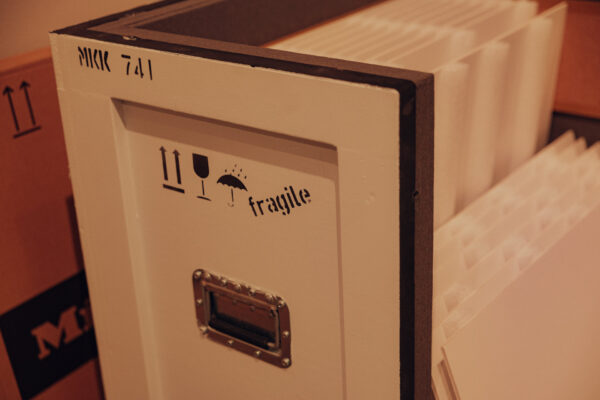The museum
The German Theatre Museum is the memory of the ephemeral art of theatre. The German Theatre Museum, centrally located in the arcades of Munich's Hofgarten, has set itself the task of collecting, preserving and exhibiting theatrical memory and thus making theatre history(ies) visible as cultural history(ies) and putting it up for discussion. In changing special exhibitions and through its extensive collection, the museum invites visitors to engage with and research theatre history in its regional, national and international context.
The collection was founded by the actress Clara Ziegler, who in 1909 donated her villa in the Englischer Garten, her considerable fortune and her own collection of theatricalia to establish a theatre museum. The museum of the Clara Ziegler Foundation was opened on 24 June 1910. The villa was bombed out in 1944, but around 90% of the collection had already been removed. The main losses were in the collection of posters and reviews. In 1953, the foundation was able to move into the gallery wing at the Hofgarten, where the Deutsches Theatermuseum is still housed today. In 1979, the museum was given the status of an independent state museum and its exhibition and collection mandate institutionalised by name.
Today, in addition to reviews and programmes, the collection of the Deutsches Theatermuseum comprises over 250,000 graphic sheets dating back to the Baroque period, approx. 400 stage design models, approx. 500,000 autographs and the world's largest collection of theatre photography with almost 5 million analogue images. The library's most valuable holdings date back to the Renaissance. Numerous bequests and estates are preserved and made accessible to the public.
Get to know the museum
Discover the different areas of the German Theatre Museum
